Home>Furniture & Design>Interior Design Trends>How Much Alcohol In One Glass Of Wine
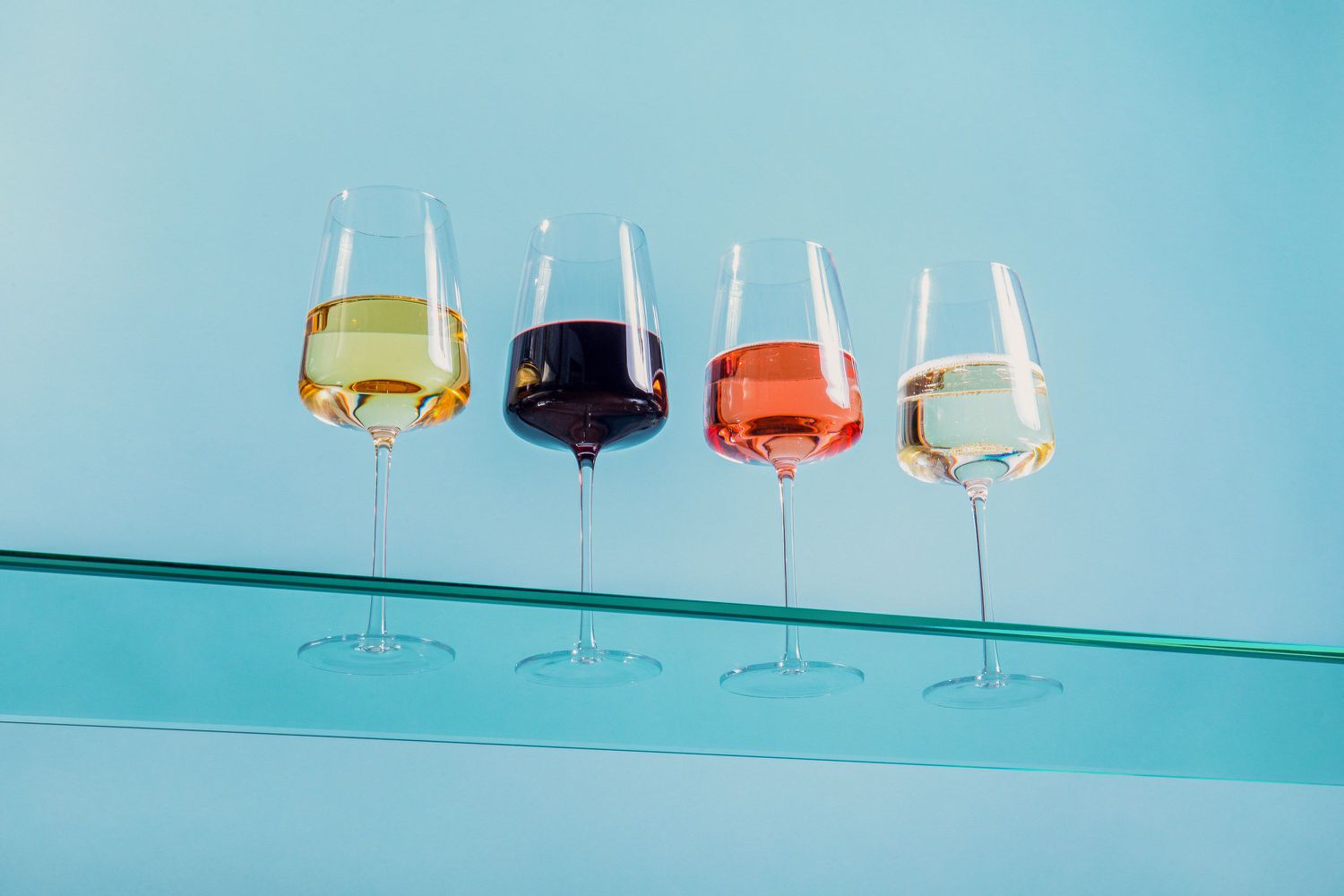

Interior Design Trends
How Much Alcohol In One Glass Of Wine
Modified: October 18, 2024
Discover the latest interior design trends and learn how much alcohol is in one glass of wine. Explore the perfect balance of style and indulgence.
(Many of the links in this article redirect to a specific reviewed product. Your purchase of these products through affiliate links helps to generate commission for Storables.com, at no extra cost. Learn more)
What is a Standard Glass of Wine?
A standard glass of wine typically contains 5 ounces (150 milliliters) of liquid. This measurement is widely accepted as the standard serving size for a single glass of wine. However, it's important to note that the alcohol content in this standard serving can vary based on the type of wine being poured.
The size of a standard glass of wine is not arbitrary; it is based on a combination of tradition, practicality, and responsible consumption. This serving size allows individuals to enjoy the flavors and aromas of the wine without overindulging. It also aligns with recommended guidelines for moderate alcohol consumption, which can contribute to a healthier lifestyle when practiced in moderation.
Understanding the standard serving size of wine is essential for both consumers and those in the hospitality industry. It provides a clear reference point for responsible alcohol consumption and helps individuals make informed choices about their intake. Additionally, it allows for accurate measurement and consistent serving practices in bars, restaurants, and at home.
When exploring the world of wine, it's important to appreciate the significance of the standard glass size. This understanding sets the stage for a mindful and enjoyable wine-drinking experience, where individuals can savor the nuances of different varietals while maintaining a balanced approach to alcohol consumption.
Key Takeaways:
- Enjoy a standard 5-ounce glass of wine, but be mindful of its alcohol content, which varies by type. Understanding this can lead to a balanced and informed wine-drinking experience.
- Factors like grape type, climate, and winemaking techniques influence alcohol content in wine. Moderation and awareness are key for enjoying wine responsibly and reaping potential health benefits.
Read more: How Many Ounces Is One Glass Of Wine
Alcohol Content in Different Types of Wine
The alcohol content in wine varies depending on several factors, including the type of grape used, the region where it was grown, and the winemaking process. Understanding these variations can provide valuable insights for both wine enthusiasts and those seeking to make informed choices about their alcohol consumption.
Red Wine
Red wines generally have a higher alcohol content compared to white wines. The average alcohol by volume (ABV) for red wine falls within the range of 12-15%. However, this can vary based on the grape varietal and the winemaking techniques employed. Full-bodied red wines, such as Cabernet Sauvignon and Shiraz, often exhibit higher alcohol levels, contributing to their rich and robust character.
White Wine
White wines typically have a slightly lower alcohol content compared to reds, with an average ABV ranging from 10-13%. Varietals like Chardonnay and Viognier may have a higher alcohol content due to factors such as ripeness at harvest and fermentation methods. The perceived lightness and crispness of many white wines can be attributed, in part, to their moderate alcohol levels.
Rosé Wine
Rosé wines, known for their refreshing and versatile nature, generally fall within the 10-13% ABV range. The alcohol content in rosé can vary based on factors such as grape variety, winemaking style, and regional influences. This moderate alcohol level contributes to the balanced and approachable profile that is characteristic of many rosé wines.
Read more: How Much Sugar In Wine Glass
Sparkling Wine
Sparkling wines, including Champagne and Prosecco, typically have alcohol content similar to that of still white wines, ranging from 10-12% ABV. The effervescence and celebratory appeal of sparkling wines are complemented by their moderate alcohol levels, making them well-suited for a variety of occasions.
Fortified Wine
Fortified wines, such as Port and Sherry, have a notably higher alcohol content, often ranging from 17-20% ABV. This elevated alcohol level is achieved through the addition of a distilled spirit, such as brandy, during the winemaking process. The result is a fortified wine with a richer, more intense flavor profile and a higher alcohol content than other wine types.
By understanding the varying alcohol content in different types of wine, individuals can make informed choices based on their preferences and tolerance levels. Whether savoring a bold red, a crisp white, or a festive sparkling wine, being aware of the alcohol content adds depth to the overall wine-drinking experience.
Factors Affecting Alcohol Content in Wine
The alcohol content in wine is influenced by a multitude of factors, each playing a crucial role in shaping the final product. Understanding these factors provides valuable insights into the diverse characteristics of different wines and the complexities of winemaking.
Grape Varietal and Ripeness
The type of grape used in winemaking significantly impacts the alcohol content of the resulting wine. Certain grape varietals naturally contain higher sugar levels, which are converted into alcohol during fermentation. For instance, grapes such as Zinfandel and Grenache tend to produce wines with elevated alcohol levels due to their inherent sugar content. Additionally, the ripeness of the grapes at harvest plays a pivotal role. Riper grapes contain more sugar, leading to a higher alcohol content in the finished wine.
Read more: How Much Is One Glass Of Water
Climate and Terroir
The environmental conditions in which grapes are cultivated, often referred to as terroir, exert a profound influence on alcohol levels in wine. Warmer climates tend to yield grapes with higher sugar concentrations, ultimately contributing to wines with increased alcohol content. Conversely, cooler regions may produce wines with lower alcohol levels due to slower sugar accumulation in the grapes. The interplay between temperature, sunlight, and soil composition shapes the unique characteristics of wines from different terroirs.
Winemaking Techniques
The choices made during the winemaking process can significantly impact the alcohol content of the final product. Factors such as fermentation duration, yeast selection, and temperature control all contribute to alcohol development. Extended fermentation periods can result in more complete sugar conversion, leading to higher alcohol levels. Additionally, certain yeast strains are known for their ability to ferment sugars more efficiently, potentially yielding wines with elevated alcohol content.
Harvest Timing
The timing of the grape harvest is a critical determinant of alcohol levels in wine. Winemakers must carefully assess the optimal moment to harvest, considering factors such as sugar ripeness, acidity, and flavor development. Harvesting too early may result in underripe grapes with lower sugar levels, while delaying the harvest can lead to overripe grapes with heightened sugar content. This decision directly impacts the alcohol balance and overall flavor profile of the wine.
Fortification
In the case of fortified wines, such as Port and Sherry, the alcohol content is intentionally increased through the addition of a distilled spirit, typically brandy. This fortification process not only elevates the alcohol level but also contributes to the unique character and longevity of these wines. The deliberate fortification distinguishes fortified wines from their non-fortified counterparts, resulting in distinct flavor profiles and higher alcohol content.
By delving into the intricate interplay of these factors, wine enthusiasts gain a deeper appreciation for the artistry and science behind winemaking. The nuanced influence of grape varietals, environmental conditions, and winemaking techniques collectively shapes the alcohol content and overall expression of each wine, enriching the diverse tapestry of the wine world.
Read more: How Much Alcohol Is In A Glass Of Wine
Health Implications of Consuming One Glass of Wine
Consuming one glass of wine can have both positive and negative health implications, and understanding these effects is crucial for making informed decisions about alcohol consumption.
Potential Benefits
Moderate wine consumption has been associated with certain health benefits, primarily attributed to the presence of antioxidants, such as resveratrol, in red wine. These antioxidants have been linked to potential cardiovascular advantages, including improved heart health and reduced risk of coronary artery disease. Additionally, moderate wine intake has been correlated with a lower incidence of certain inflammatory conditions and age-related cognitive decline.
Furthermore, the ritual of enjoying a glass of wine in a relaxed setting can contribute to stress reduction and enhanced social interactions, which are integral components of overall well-being. The sensory experience of savoring a well-crafted wine can also promote mindfulness and sensory appreciation, adding a dimension of pleasure to the consumption of this ancient beverage.
Considerations and Risks
While moderate wine consumption may offer potential health benefits, it is essential to acknowledge the associated risks. Even a single glass of wine contains alcohol, which can have immediate and long-term effects on the body. From a short-term perspective, alcohol consumption can impair cognitive function, coordination, and judgment, potentially leading to accidents or injuries.
Moreover, regular alcohol consumption, even in moderate amounts, can contribute to an increased calorie intake and may lead to weight gain if not offset by adjustments in diet and exercise. Excessive alcohol consumption, even at low levels, can also elevate the risk of certain cancers and liver-related conditions.
Individual responses to alcohol can vary based on factors such as genetics, overall health, and medication use. It is important for individuals to consider their own unique circumstances and consult with healthcare professionals if they have specific health concerns or conditions that may be impacted by alcohol consumption.
Moderation and Awareness
In light of these considerations, the key lies in moderation and mindfulness. For those who choose to consume wine, doing so in moderation, as part of a balanced lifestyle, is essential. The concept of moderation is subjective and can vary based on individual tolerance levels, overall health status, and personal preferences. It is important for individuals to be mindful of their alcohol intake and make informed choices that align with their well-being.
In summary, the health implications of consuming one glass of wine encompass a spectrum of potential benefits and risks. By approaching wine consumption with awareness, moderation, and consideration for individual health factors, individuals can navigate the nuanced landscape of alcohol consumption while prioritizing their overall well-being.
Frequently Asked Questions about How Much Alcohol In One Glass Of Wine
Was this page helpful?
At Storables.com, we guarantee accurate and reliable information. Our content, validated by Expert Board Contributors, is crafted following stringent Editorial Policies. We're committed to providing you with well-researched, expert-backed insights for all your informational needs.
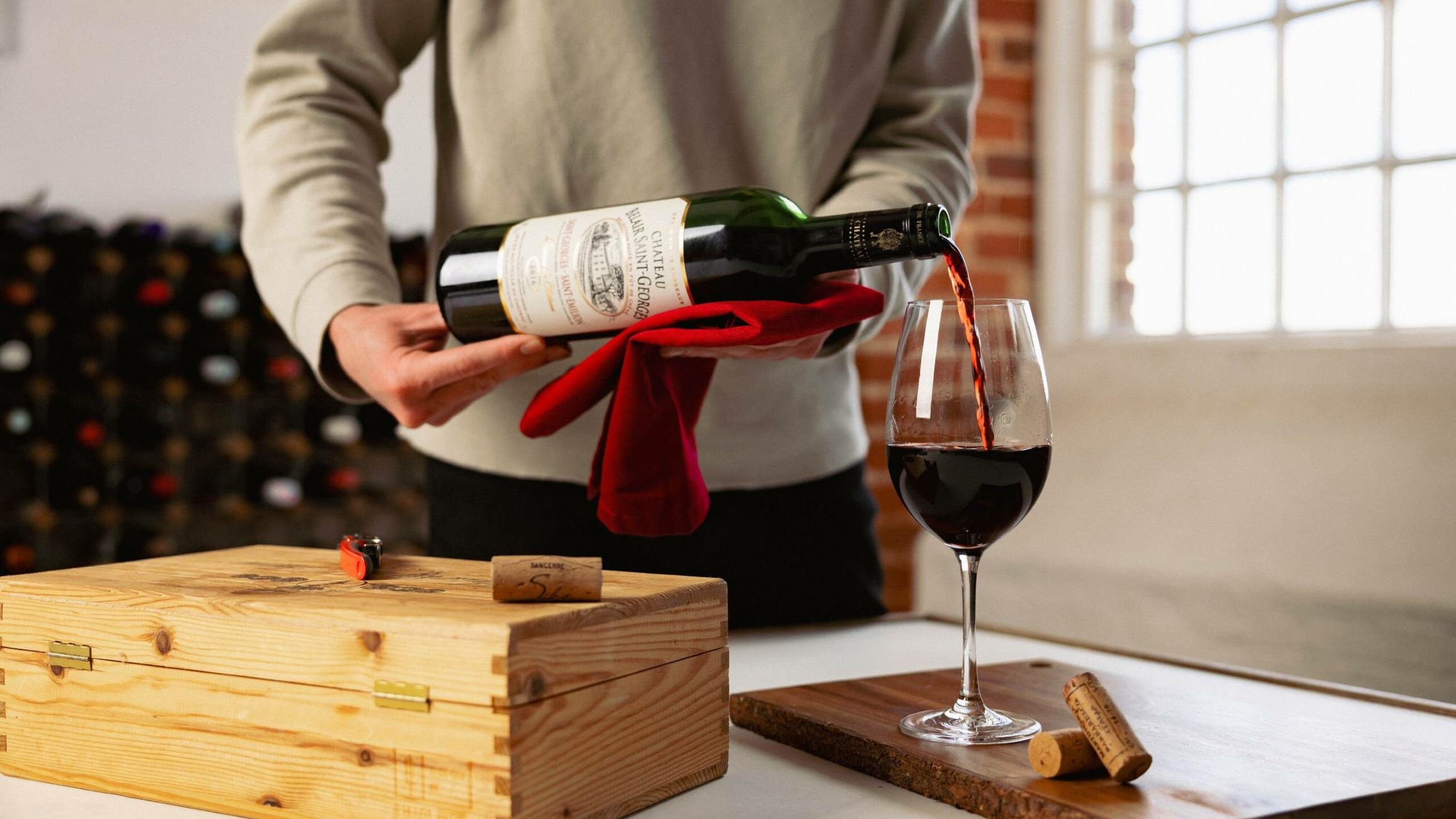
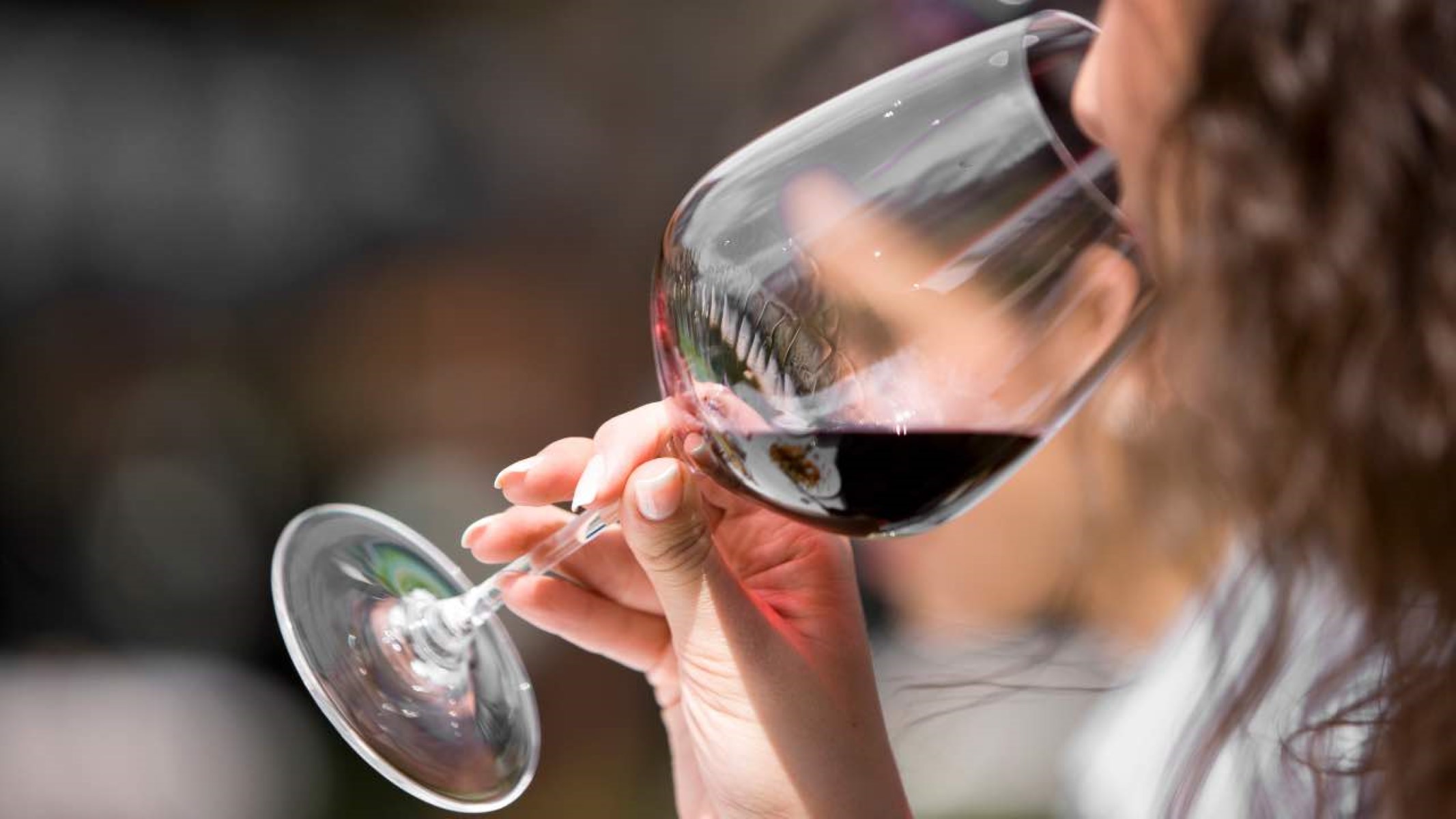
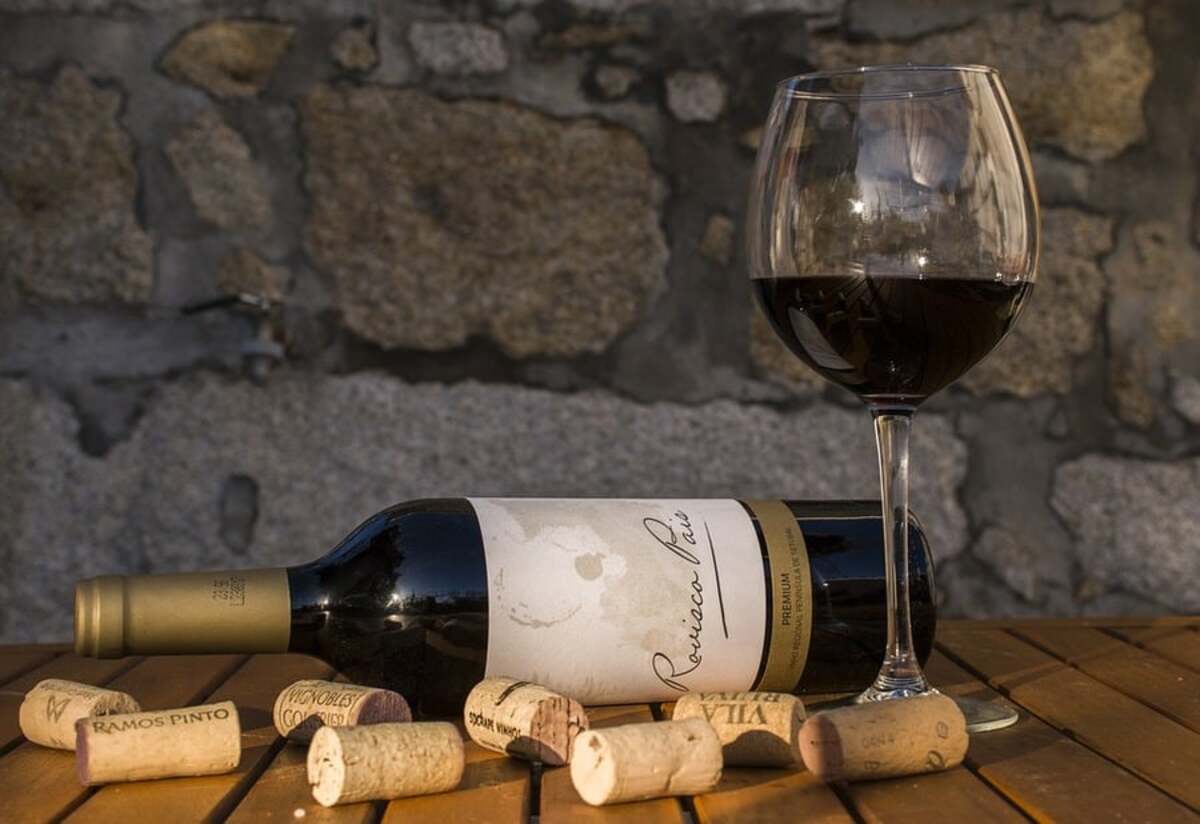
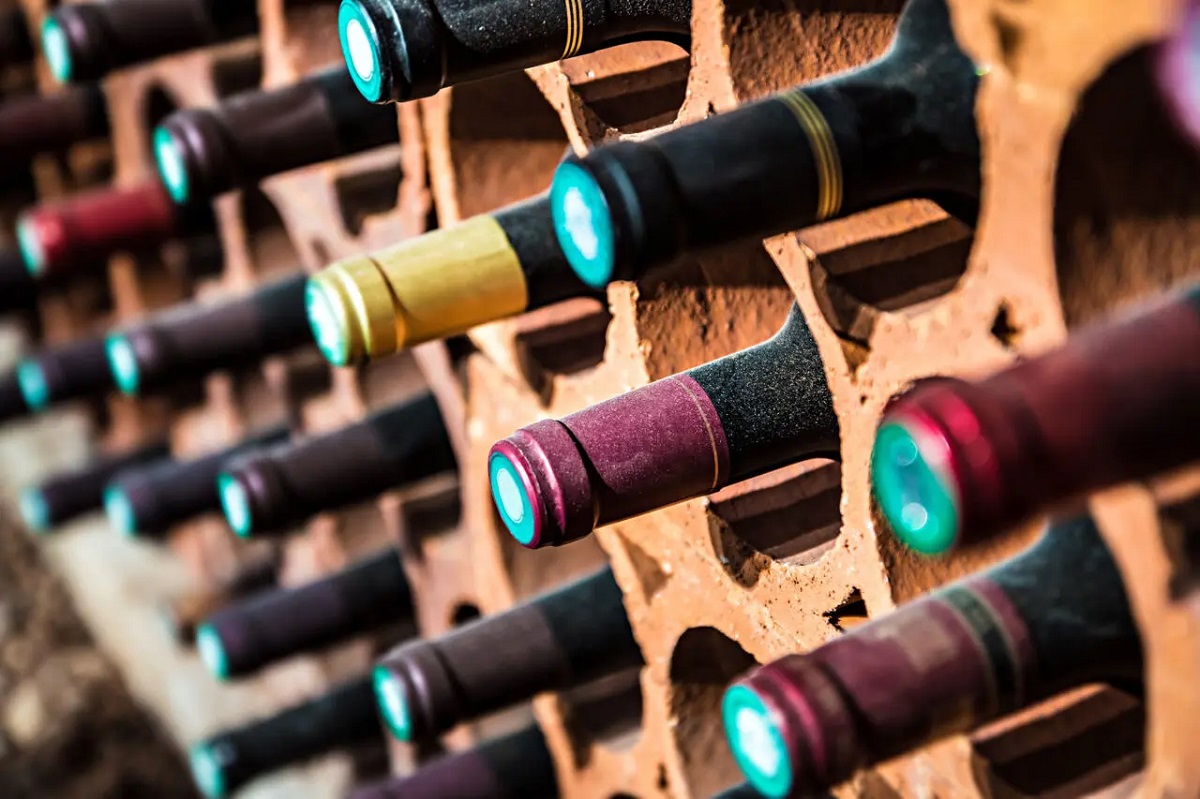
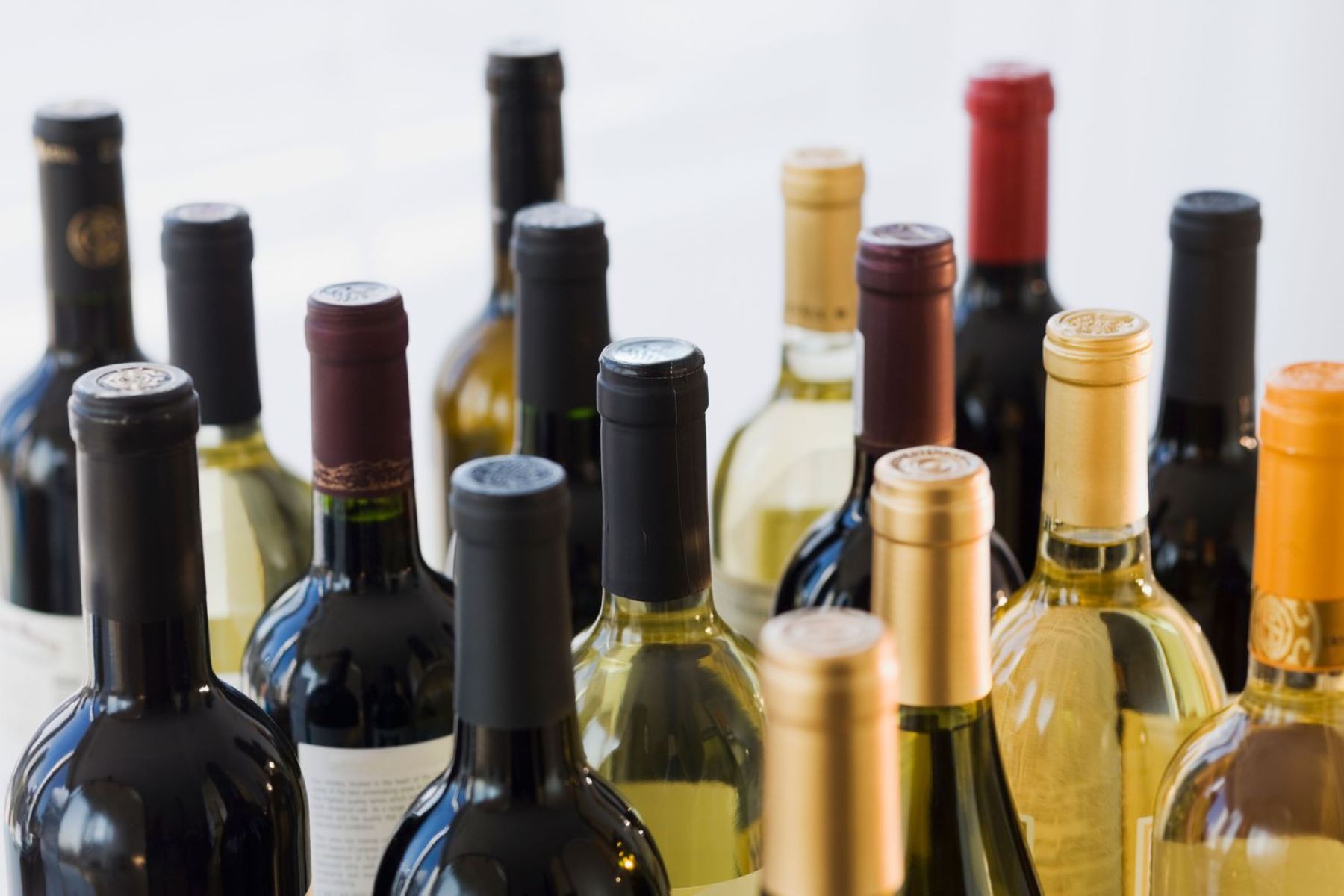
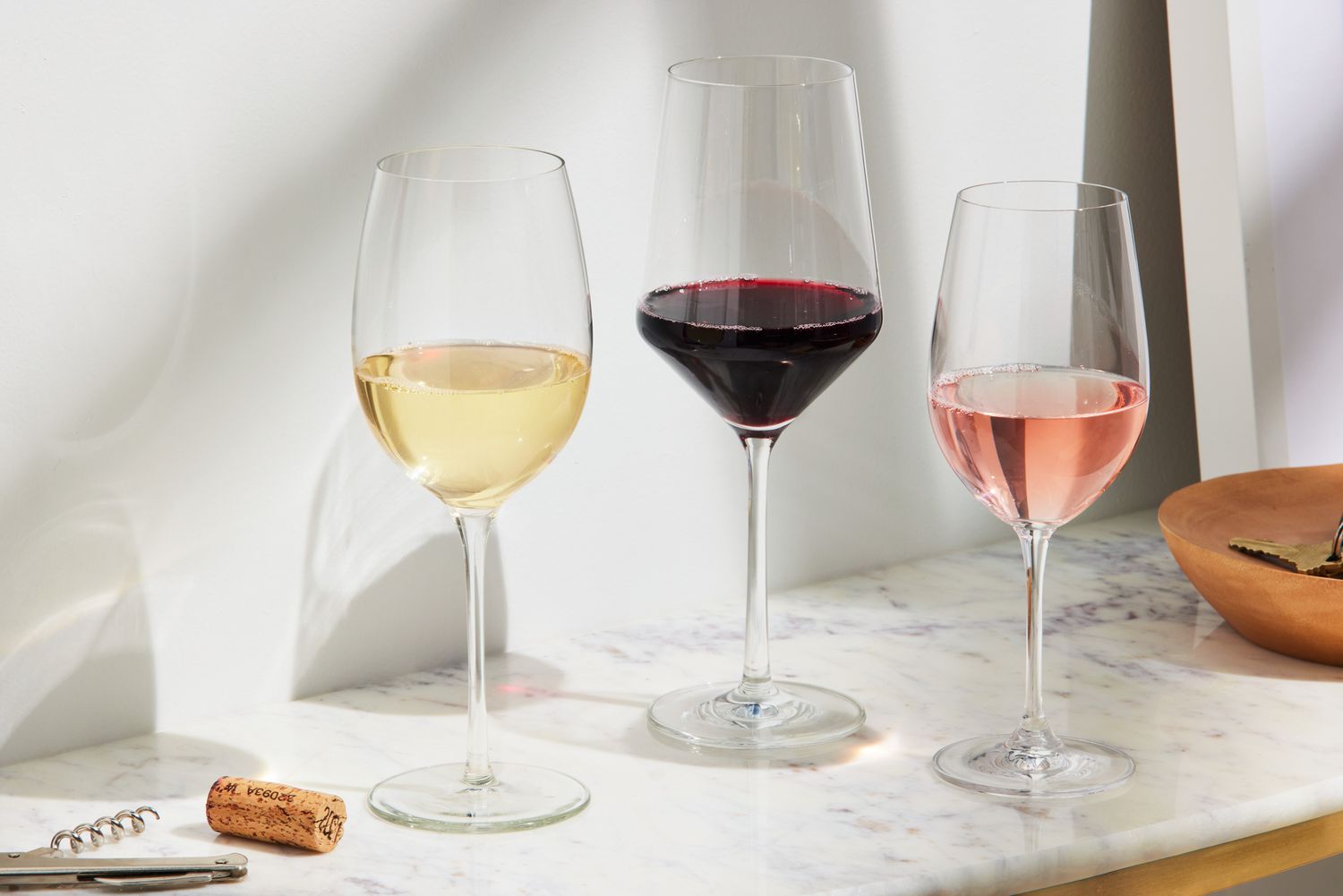

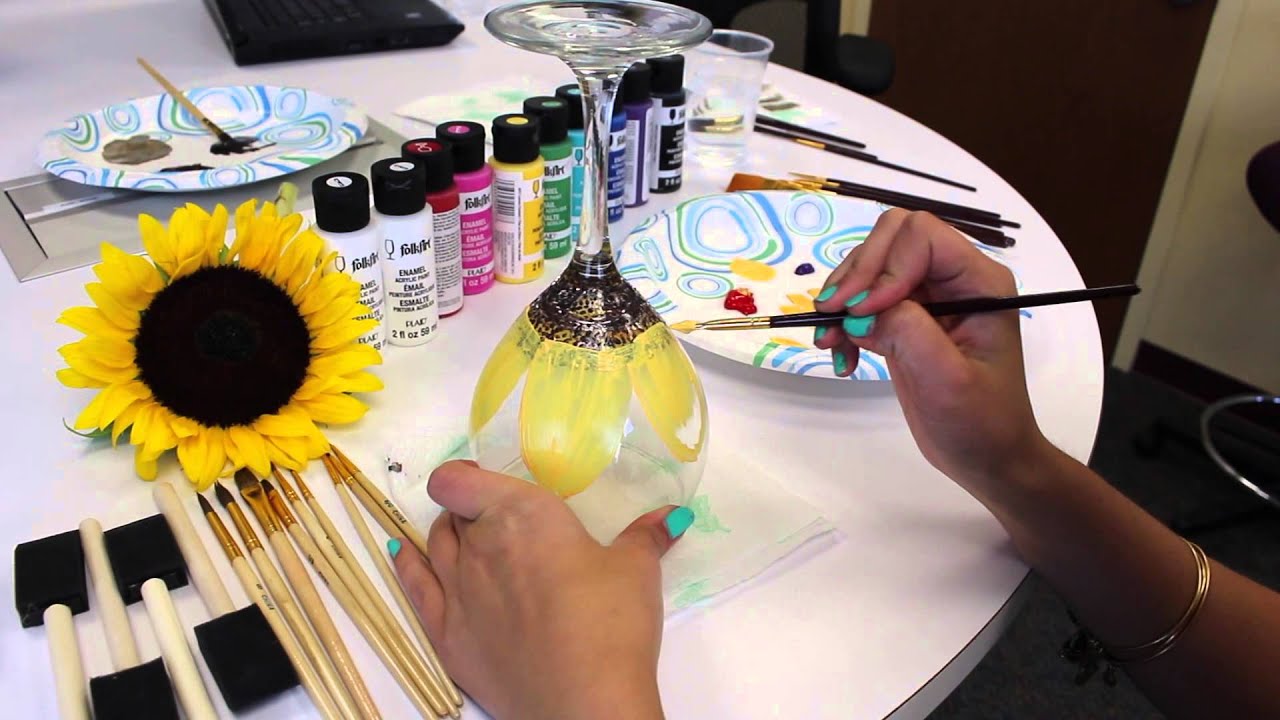

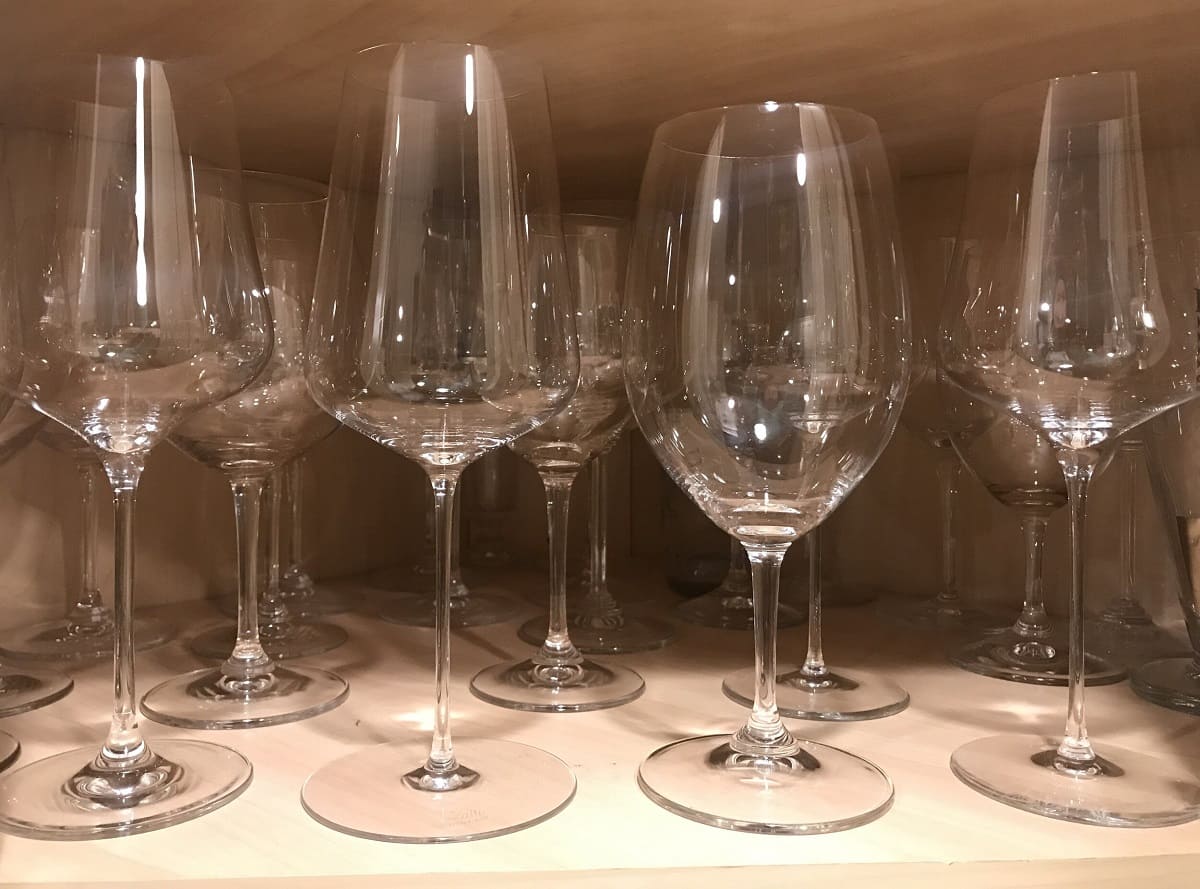
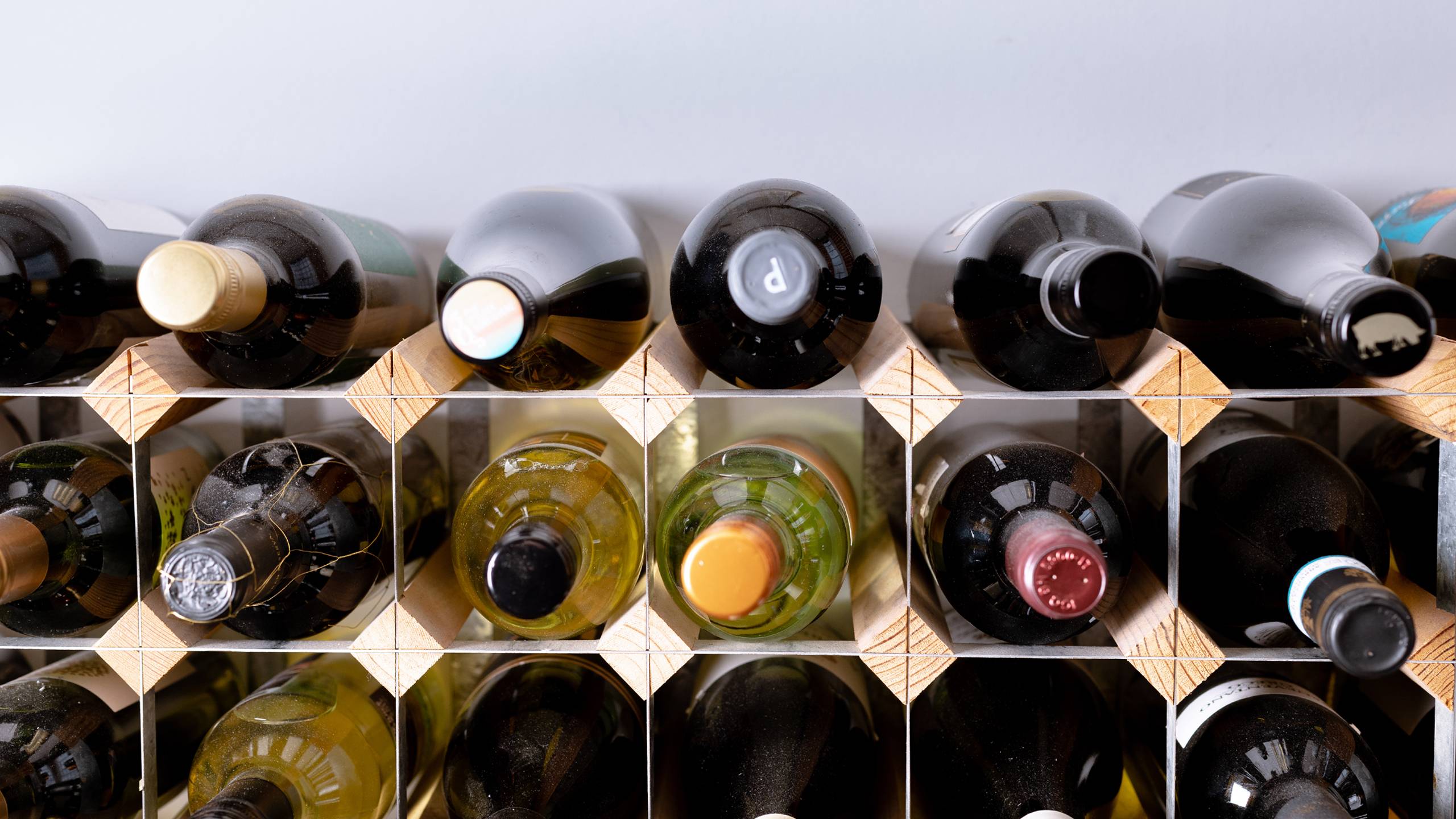
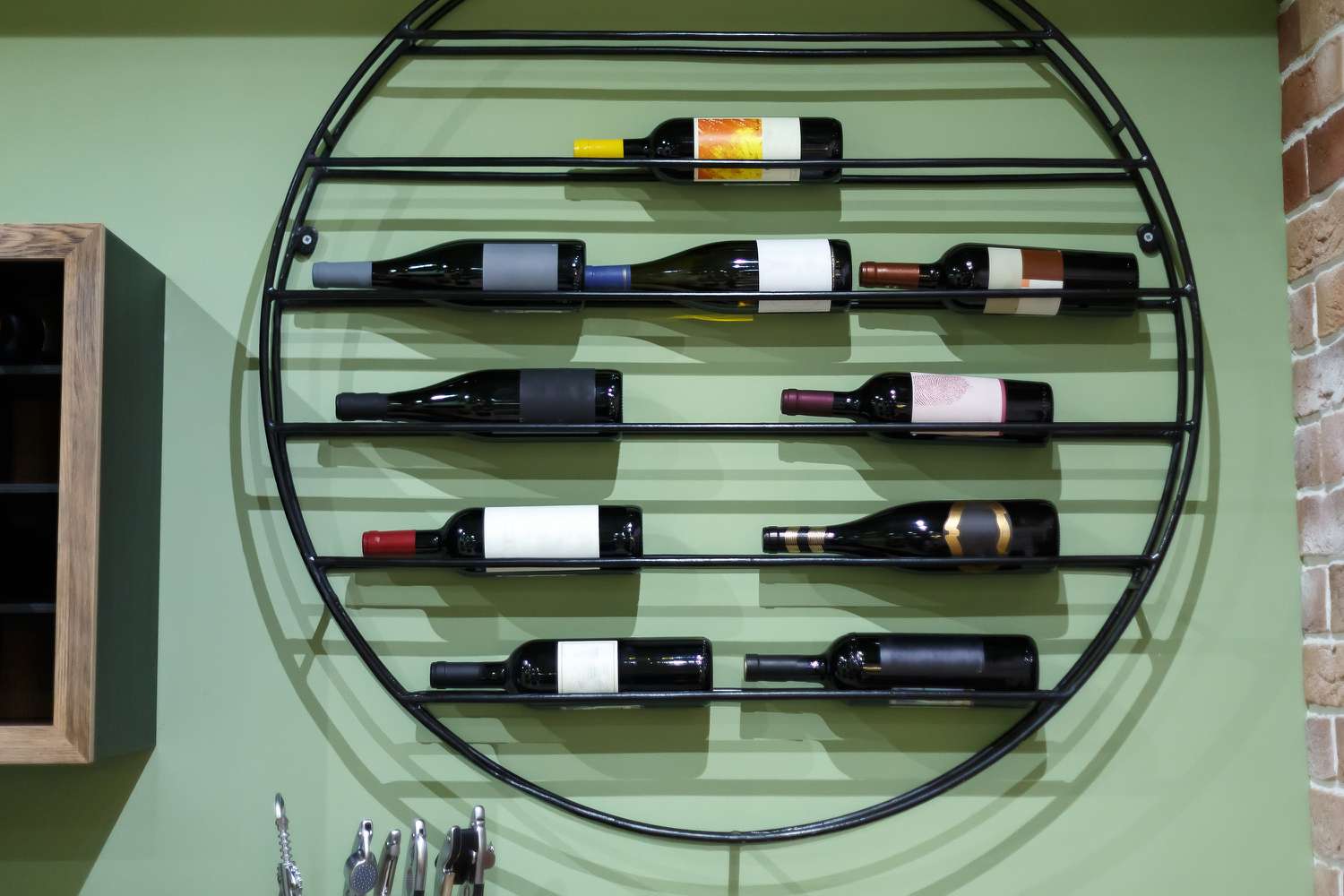

0 thoughts on “How Much Alcohol In One Glass Of Wine”